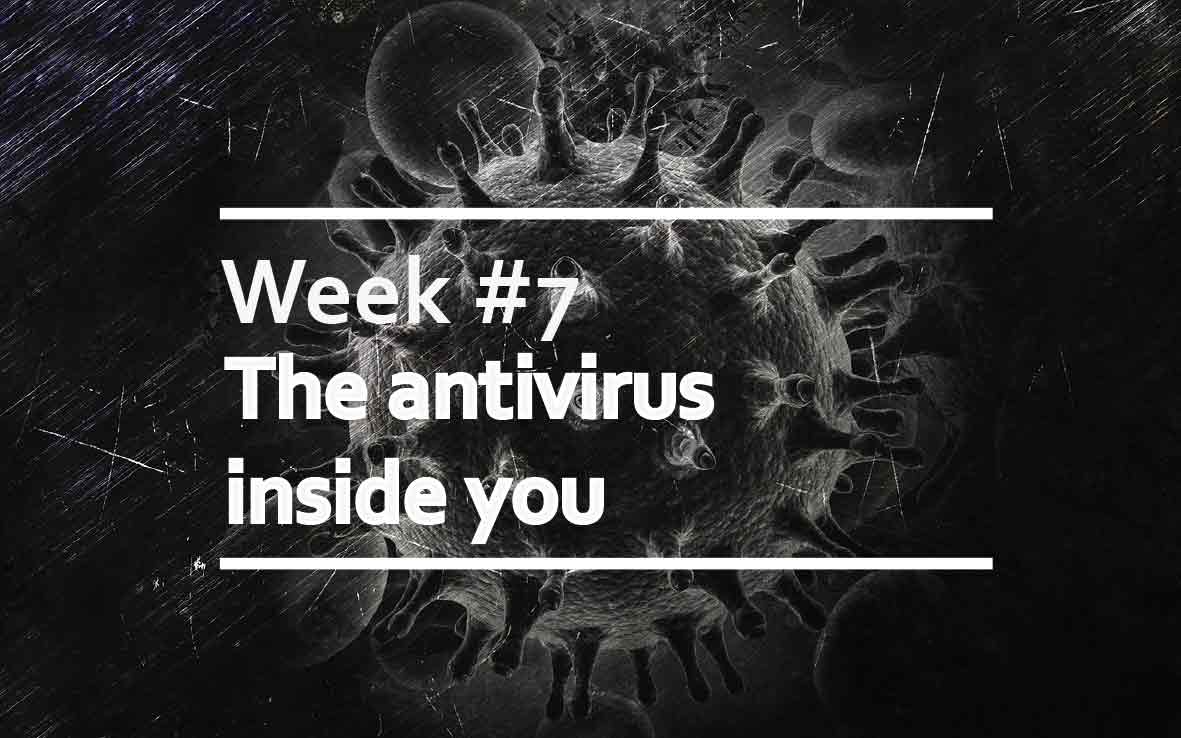The antivirus inside you
Infected cells often die. Either they are killed by the infecting virus itself, or they initiate controlled auto-destruction mechanisms (e.g., apoptosis) to prevent the infecting virus from replicating further. Fortunately, our body can replenish many of these cells through differentiation of tissue stem cells. These are multipotent stem cells that can re-generate specific subsets of cells and tissue. However, what if these same tissue stem cells became infected or – even worse – if the pluripotent embryonic stem cells they originate from were to succumb to a viral infection?
In this fascinating article from Charles Rice’s laboratory, Wu and colleagues shed light on the mechanism behind a rather old and very peculiar observation: that pluripotent stem cells do not get infected, even if they are unable to mount or respond to an interferon response. Unlike terminally differentiated cells, which only up-regulate interferon-stimulated genes (ISGs) in response to interferon signaling, pluripotent stem cells appear to constitutively express a high level of several ISG, and as such remain resistant to viral infection. During differentiation to multipotent germ lines or tissue stem cells, the signature of activated ISG changes and becomes specific to the tissues those cells are going to differentiate into, suggesting that different gene expression patterns might have been shaped by the same pathogens that we have encountered during evolution and by their preferred tropism.
So why don’t differentiated cells also constitutively express ISGs, rather than having to wait for the onset of an interferon response? The authors suggest two interesting interpretations for this apparently inefficient system: the first is that pathogens are extremely good at evolving new ways to escape immune response mechanisms; having these mechanisms constantly on display at all times would make it easier for pathogens to find ways around them. The second is that maybe some levels of infection are not totally bad for us, as it is through an infection that the immune response evolves and enables us to effectively defeat most of the different pathogens that we constantly come into contact within our lifetime. So some differentiated cells are expendable, as long as their healthy progenitors can replenish them.
However, not all ISGs are constantly activated, even in pluripotent stem cells, and interestingly, several retroviral restriction factors, such as MX2 or APOBEC, remain silent. Given that a significant proportion of our genome originates from retroviral RNA, it seems that retroviruses have been rather successful at programming the evolution of their mammalian host in a way that works for both.




